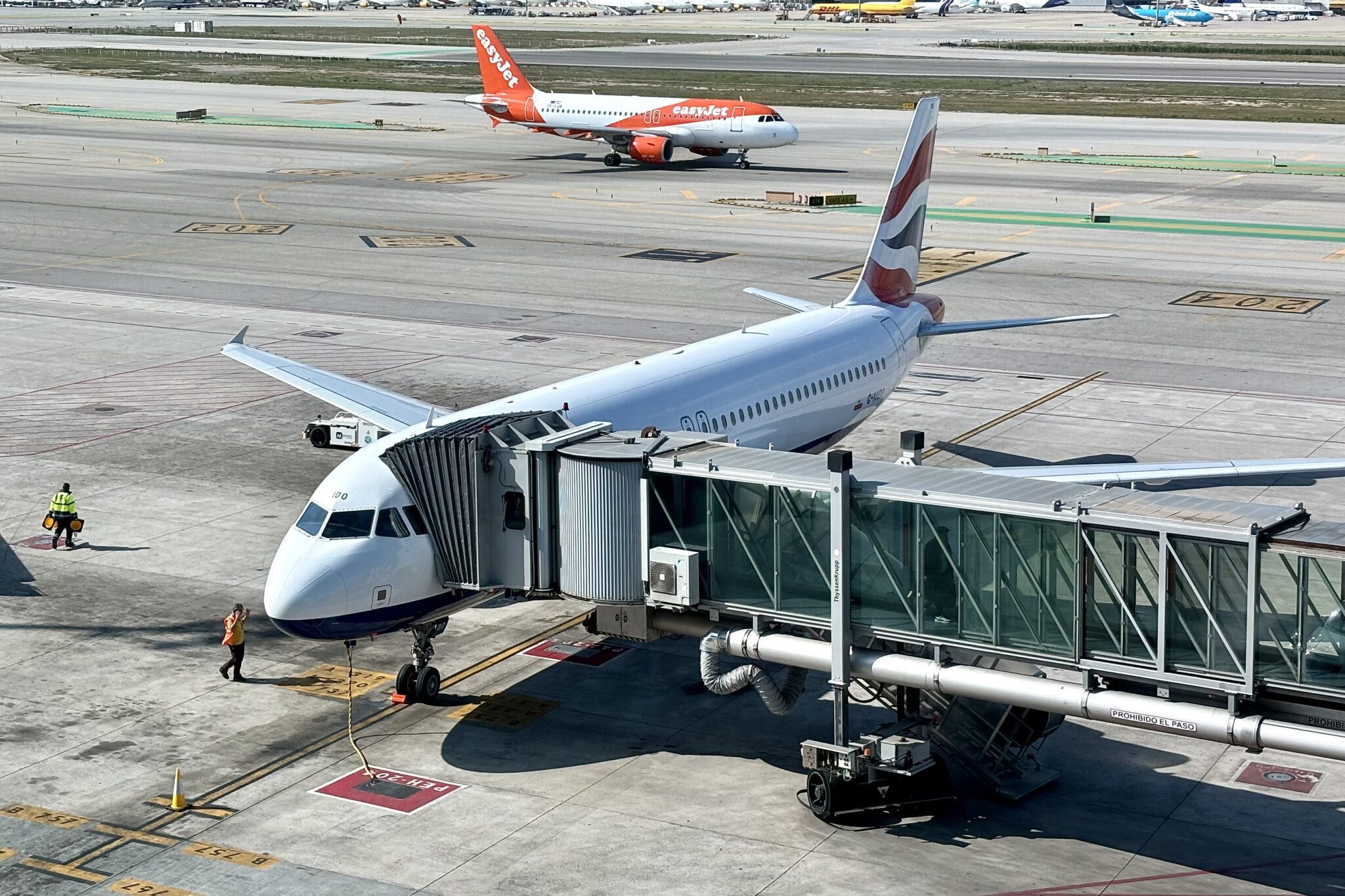U.S. passenger airlines are expected to carry a record number of passengers this spring, according to a new forecast from trade group Airlines for America. That’s big news for the industry that, due to a pilot shortage and other constraints, has struggled to recover to pre-pandemic capacity levels despite robust travel demand.
A4A estimates that some 2.6 million people a day will fly on average during the months of March and April, which would represent a 1 percent increase from 2019. March and April tend to be big months for spring break travel to warm weather places like Arizona and Florida, as families take advantage of the typical week off from school common across the country.
U.S. airlines are prepared to move more people than ever before during the two months, even as they schedule 10 percent fewer flights than they did four years earlier. That implies a greater number of passengers per flight, made possible by the use of larger aircraft; increased seat density and higher load factors are other ways in which carriers can boost passengers per flight. Some carriers, including discounters Allegiant Air, Frontier Airlines, and Spirit Airlines — none of which are A4A members — will be growing capacity by double digits.
During a media briefing Wednesday, A4A Chief Economist John Heimlich said the U.S. airline industry returned to profitability last year, but barely. The pretax margin for the ten largest passenger airlines came to just 1 percent, compared to 17 percent for all U.S. corporations. Airlines did manage to grow revenues by 8 percent from 2019. The problem was that operating expenses were 16 percent higher, while non-operating expenses including interest rose by $1.8 billion. Labor and fuel, Heimlich said, each accounted for about 30 percent of the industry’s cost base.
In preparing for the post-pandemic demand recovery, U.S. passenger airlines have hired aggressively. The industry added roughly 96,000 jobs in 2021 and 2022, and began this year with its largest workforce in 21 years.
Airlines are also investing heavily. According to A4A, the U.S. industry will spend about $26 billion on items ranging from new aircraft to technology improvements to help improve operations. Regarding operations, Sharon Pinkerton, vice president of legislative and regulatory policy at A4A, stressed the need for Congress to allocate more funding for air traffic control. Passenger airlines, she said, account for 70 percent of all flight activity handled by the FAA’s controllers. Most control centers are in fact handling fewer flights overall than they were before the pandemic, but those handled by the Miami and Jacksonville centers in Florida are busier, occasionally leading to delays and disruptions. There have been several spikes in flight cancellations so far in 2023 but they were mostly due to severe weather and air traffic control delays, neither of which airlines can control.
Overall, travel demand remains strong but with business traffic still lagging. Roughly 75-80 percent of Americans traveling today are doing so for personal rather than business reasons, Heimlich said. The percentage was more like 65-70 percent in years past. That’s evident in the sharp decline in airport traffic on Tuesdays and Wednesdays — days favored by corporate travelers — versus more resilient demand on Saturdays and Sundays.
On the international front, demand has recovered but passenger volumes are still impacted by ongoing weakness in selected markets, including Japan-Hawaii tourism. Total U.S. travel to and from Japan, Brazil, and Australia — and especially China and Hong Kong — likewise remains far below pre-pandemic levels. On the other hand, U.S. travel to and from Mexico was up 24 percent in January compared to 2019. Colombia, the Dominican Republic, and Jamaica are other international markets significantly busier now than before the Covid shock. France is busier too, though just slightly. And traffic to and from Canada, America’s largest international market, is down 17 percent from four years ago.
Among major U.S. airports, none will have grown faster next quarter — versus the same quarter of 2019 — than Austin, Texas. According to A4A’s analysis of Cirium schedule data, Austin’s second quarter seat capacity will be up a remarkable 38 percent versus four years prior. Other airports with large growth include Charleston, S.C., San Juan, and Nashville. Airports still far behind pre-pandemic capacity levels include Milwaukee, Philadelphia, San Jose, Calif., and San Francisco.





